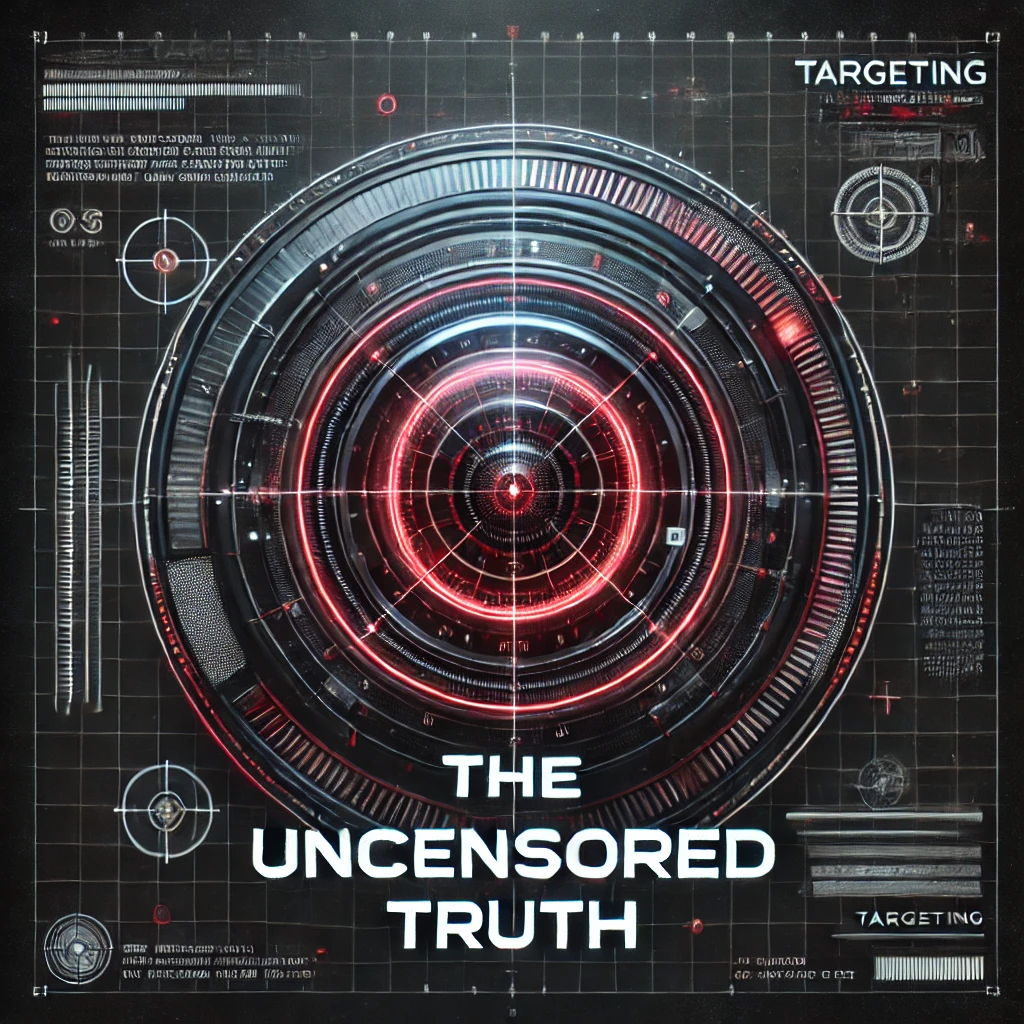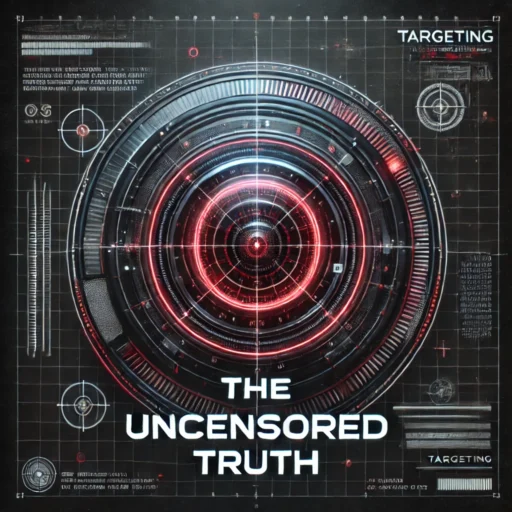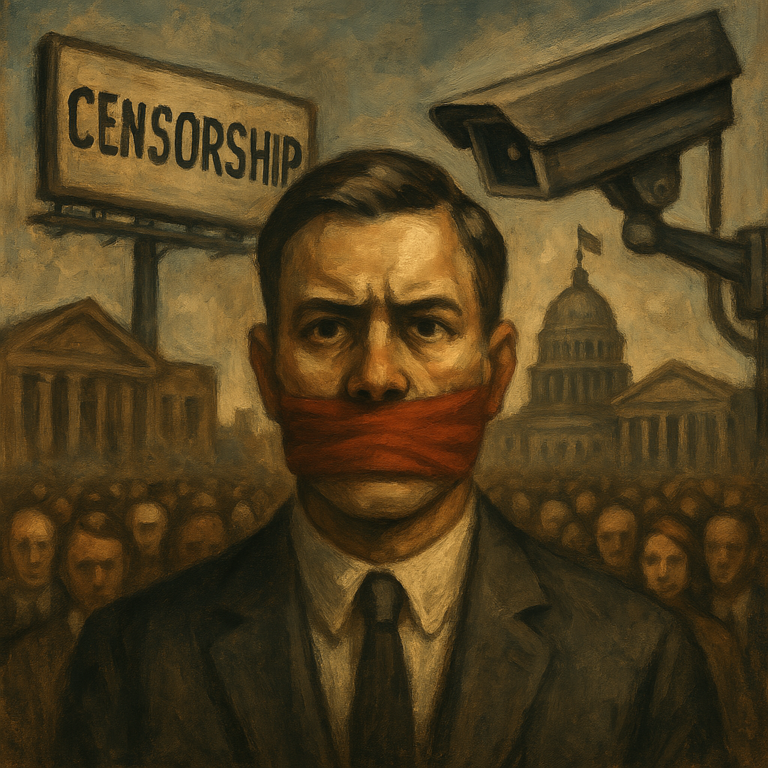Part VIII: 2000 AD to Present – Programming Belief in the Digital Age
By the dawn of the 21st century, the tools of narrative management, ideological conformity, and mass persuasion had been sharpened across centuries. Religion had given way to science. Print had yielded to television. Propaganda was no longer a blunt instrument — it had become an ecosystem.
But the arrival of the digital age — particularly post-2000 — marked a seismic shift. For the first time in history, the mechanisms of surveillance, censorship, and belief-shaping no longer required human oversight. They were embedded into code, automated through algorithms, and made invisible through convenience.
The 20th century gave us the machinery of belief.
The 21st turned it into a self-replicating network — global, instant, and largely unnoticed.
Welcome to the Surveillance Singularity.
I. 9/11: The Catalyst for Mass Permission
On September 11, 2001, four hijacked planes reshaped the geopolitical world — and the personal liberties of billions.
In the wake of the attacks, governments worldwide acquired sweeping powers, most of which were passed under emergency conditions and retained indefinitely. The U.S. introduced the Patriot Act, which allowed:
- Warrantless surveillance of citizens
- Indefinite detention without trial
- Expansion of intelligence agency powers without judicial oversight
Other nations followed suit, building vast surveillance infrastructures under the justification of “national security.” Suddenly, the idea of being watched wasn’t Orwellian — it was patriotic.
It wasn’t just what the government did. It was what the public allowed.
Fear had succeeded where policy had failed.
Learn About The Patriot Act Here
II. From Social Media to Social Conditioning
When Facebook launched in 2004, it was billed as a social connector. What it became was something altogether different: a machine for mapping thought, shaping behavior, and engineering conformity.
Social media platforms are not just digital billboards — they are ideological filters, constantly learning what users engage with, what triggers emotional reactions, and what keeps attention locked in.
This data isn’t just harvested — it’s used to:
- Predict future behavior
- Prioritize certain views while suppressing others
- Punish dissent subtly — through shadowbans, algorithmic throttling, or demonetization
Unlike overt censorship, this system creates a chilling effect. Users learn what is “acceptable” not through law, but through experience — a soft form of ideological compliance enforced by feedback loops.
As former Google engineer Tristan Harris put it:
“We’ve moved from a tools-based internet to an addiction-based internet. But worse — it’s now a belief-shaping internet.”
III. Surveillance Capitalism: The Inverted Panopticon
In the old world, you were watched by governments. In the new world, you watch yourself — for likes, shares, approval, and inclusion.
Shoshana Zuboff’s The Age of Surveillance Capitalism explains how corporations like Google, Meta, and Amazon don’t just sell products — they sell behavioral futures. By tracking everything from GPS locations to micro-expressions, tech giants predict what we’ll do next — and nudge us accordingly.
This creates a new economic model where:
- Your data is the commodity
- Your behavior is the product
- Your beliefs are the battleground
And crucially, the user volunteers for it — handing over biometric data, browsing history, and private communications in exchange for free services.
Surveillance isn’t forced.
It’s opted into.
IV. Digital Censorship and the Disappearance of Dissent
While social media promised “open dialogue,” the past decade has seen the rise of aggressive content regulation and censorship. Under the banner of “misinformation,” platforms now remove or suppress content that deviates from approved narratives.
- Topics once labeled “dangerous conspiracy theories” — lab leak origin of COVID-19, vaccine side effects, Hunter Biden’s laptop — were later admitted to be plausible or true.
- Users banned for spreading these ideas were never reinstated, nor were the platforms held accountable.
Simultaneously, Western governments began openly pressuring platforms to deplatform dissenters, flag disinformation, and boost “authoritative sources.”
In 2022, the U.S. Department of Homeland Security proposed the Disinformation Governance Board — widely criticized as a “Ministry of Truth.” Though it was paused due to backlash, the policy trend continues under different guises.
In short, narrative control has gone private, but its goals are indistinguishable from state censorship.
V. Financial Conditioning: Programmable Currency and Social Credit
The Chinese Social Credit System — a government-run score that rewards or punishes behavior — was once mocked as dystopian science fiction. But the core concept is spreading westward in new forms.
We’re now seeing the rise of values-based financial control, including:
- Environmental, Social, and Governance (ESG) scoring for corporations and individuals
- Central Bank Digital Currencies (CBDCs) with the ability to limit purchases based on time, product category, or personal carbon footprint
- Payment processors (like PayPal) closing accounts over political views
Governments and corporations no longer need to “ban” behavior.
They simply make it unaffordable.
This is the fusion of belief and currency — where spending power becomes a reflection of ideological compliance.
VI. The Biometric Self and the End of Anonymity
Today’s tools of control are no longer just digital — they’re biological.
The global push for digital ID systems, vaccine passports, and biometric authentication has laid the groundwork for a future where identity is inseparable from ideology.
- Want to travel? Scan your face.
- Want to access public services? Show your health history.
- Want to speak online? Log in with your government ID.
These systems are often introduced through crisis moments — pandemics, terror threats, climate emergencies — when resistance is lowest. Once installed, they rarely disappear.
As Edward Snowden warned:
“Arguing that you don’t care about privacy because you have nothing to hide is like saying you don’t care about free speech because you have nothing to say.”
VII. The Future: Truth as a Subscription Service
We are rapidly approaching a point where truth is not discovered — it is delivered.
- AI now writes news, polices content, and produces synthetic video indistinguishable from reality.
- Large Language Models (LLMs) are being trained to align with “approved” answers, refusing to engage with certain ideas.
- The public is being trained to see deviation as danger, inquiry as disinformation, and skepticism as extremism.
What began as a war on “fake news” has evolved into a war on unauthorized cognition.
Conclusion: The System Is Not Broken — It’s Working as Designed
The convergence of surveillance, censorship, and belief-shaping technologies has not created chaos. It has created stability — for those in power.
Dissent is discouraged, not with jackboots, but with terms of service.
Obedience is incentivized, not with threats, but with convenience.
Control is maintained, not by silencing everyone — but by training them to silence each other.
This is not the future.
This is now.
Coming Next:
The Engineered Future – Rise of the Technocracy
What history tells us about where control is headed next
In the final article of the series, we’ll draw together every strand of control — from temples to terminals — and ask what’s coming next. We’ll explore:
- AI-governed societies
- Predictive justice systems
- Algorithmic morality
- Post-human compliance
Because if the past has taught us anything, it’s that the tools of power always evolve — but the goal remains the same:
To manage belief. To enforce consensus. To engineer obedience.








